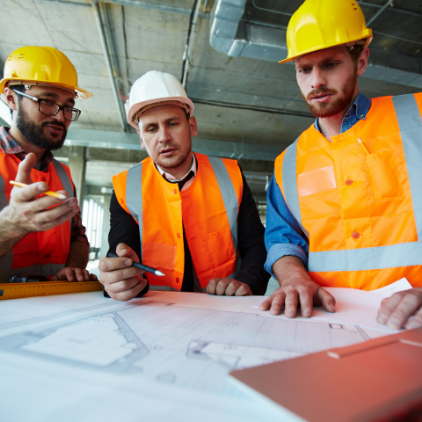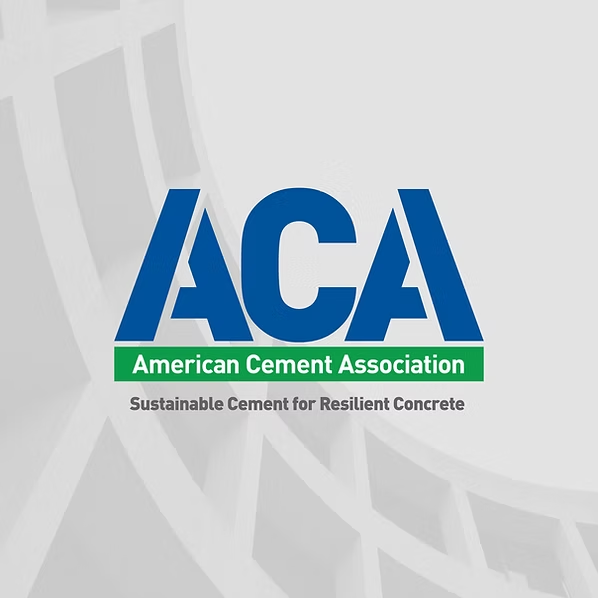Join Us
Creating a carbon neutral future for the next generation is a shared responsibility. The cement and concrete industry have committed to doing our part, but we can’t achieve our goal alone. Whether you work in the cement and concrete industry or enjoy benefits of the durable, resilient constructions we create, you’ll find a way to take part in achieving our mission.
Here’s what you can do:

Citizens/Taxpaying Public:
- Contact your local and national representatives in support of policies favorable to sustainable development and resilient construction.
- Demand long lifespan, durable construction in the built environment.
- Look for opportunities to re-use or renovate the built environment.
- When beginning a building or construction project, choose sustainable materials and construction practices.
- Build with resiliency in mind to withstand extreme weather events and reduce the impact on our planet.

Designers/Architects:
- Incorporate lower-carbon cements in your specifications.
- Consider using a performance-based mix design to reduce cement content with additives like portland-limestone cement, supplementary cementitious materials, and admixtures to achieve the project’s strength needs.
- Look for opportunities to build with sustainability goals in mind, and encourage project owners to build with a sustainability mindset.
- Optimize designs for the entire life cycle of the project.

Contractors:
Consider opportunities on the jobsite to reduce CO2 emissions by…
- Sourcing local materials to reduce transportation emissions.
- Replacing raw materials with recycled materials.
- Choosing lower-emission or electric vehicles and equipment.
- Eliminating or reducing excess lighting on site.
- Reducing the amount of time equipment idles.
- Finding uses for the construction debris, such as donating to a Habitat for Humanity home.
- Ordering only the amount of concrete needed.
- Committing to the “Contractor’s Commitment to Sustainable Building Practices” found here: Contractors-Committment-Sustainability.pdf

Policy Makers:
Implement public policy that…
- Removes unnecessary obstacles to using lower carbon materials and carbon capture technology.
- Accelerates the research, funding and investment in manufacturing, material innovation, and carbon capture utilization and storage technologies and associated infrastructure.
- Streamlines regulation, siting, and permitting practices for facility and infrastructure modernization.
- Recognizes and credits industry for CO2 reduction efforts.
- Considers a market-based carbon price – preferably a cap and-trade mechanism consistent with core principles, including fairness, transparency, and innovation.
- Favors market acceptance of lower-carbon cements and concrete.
- Supports adoption of performance-based standards for building materials.
- Considers the full product, material, and building life cycle in procurement standards and policy.
- Promotes investments in clean fuel, energy, transportation, and industrial infrastructure.
- Provides leakage protections for domestic manufacturers competing against less regulated imports.

Businesses:
- Developers: develop with a low carbon footprint in mind.
- Project Owners: have your design team design the space with a low carbon footprint in mind.
- Cities: make sure building codes are up to date and demand the most stringent energy codes.

Other Industry Associations:
- Encourage your members to do their part in achieving carbon neutrality. Use the ACA Roadmap as a template for developing your own industry’s roadmap. Contact us for guidance!
- Share and align messaging related to the Roadmap to Carbon Neutrality.
- Highlight industry leaders and success stories via case studies.
